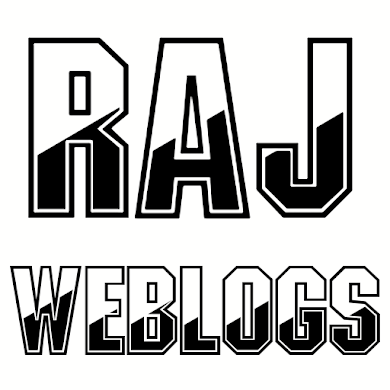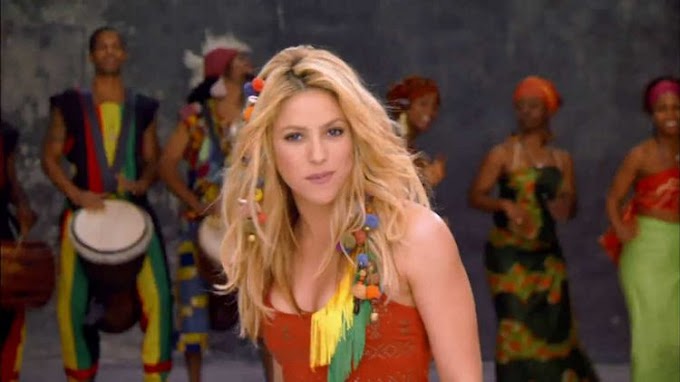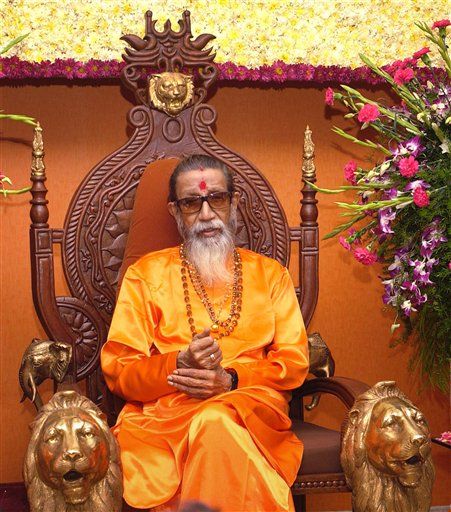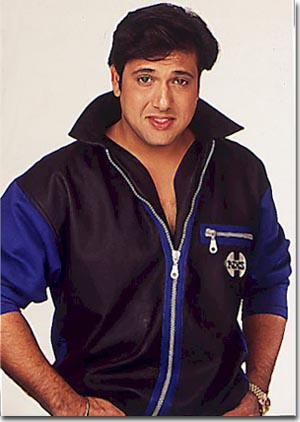Nepal
This article is about the country. For other uses, see Nepal (disambiguation).
| संघीय लोकतान्त्रिक गणतन्त्र नेपाल Sanghiya Loktāntrik Ganatantra Nepāl Federal Democratic Republic of Nepal | ||||||
|---|---|---|---|---|---|---|
| ||||||
| Motto: जननी जन्मभूमिश्च स्वर्गादपि गरीयसी(Devanāgarī) "Mother and Motherland are Greater than Heaven" | ||||||
| Anthem: "Sayaun Thunga Phool Ka" | ||||||
| Capital (and largest city) | Kathmandu (Nepali: काठमाडौं) 27°42′N 85°19′E / 27.7°N 85.317°E | |||||
| Official language(s) | Nepali[1] | |||||
| Recognised regional languages | Maithili, Nepal Bhasa, Bhojpuri, Tharu, Gurung, Tamang, Magar, Awadhi, Sherpa, Kiranti, Limbu and other 100 different indigenous languages. | |||||
| Demonym | Nepali | |||||
| Government | Republic | |||||
| - | President | Ram Baran Yadav | ||||
| - | Vice President | Parmanand Jha | ||||
| - | Prime Minister | None | ||||
| Unification | ||||||
| - | Kingdom declared | December 21, 1768 | ||||
| - | State declared | January 15, 2007 | ||||
| - | Republic declared | May 28, 2008 | ||||
| Area | ||||||
| - | Total | 147,181 km2 (93rd) 56,827 sq mi | ||||
| - | Water (%) | 2.8 | ||||
| Population | ||||||
| - | 2009 estimate | 29,331,000[2] (40th) | ||||
| - | 2007 census | 28,875,140 | ||||
| - | Density | 199.3/km2 (56th) 518.1/sq mi | ||||
| GDP (PPP) | 2009 estimate | |||||
| - | Total | $33.643 billion[3] | ||||
| - | Per capita | $1,205[3] | ||||
| GDP (nominal) | 2009 estimate | |||||
| - | Total | $12.615 billion[3] | ||||
| - | Per capita | $452[3] | ||||
| Gini (2003–04) | 47.2 (high) | |||||
| HDI (2007) | ▲ 0.553[4] (medium) (144th) | |||||
| Currency | Rupee (NPR) | |||||
| Time zone | NPT (UTC+5:45) | |||||
| - | Summer (DST) | not observed (UTC+5:45) | ||||
| Drives on the | left | |||||
| Internet TLD | .np | |||||
| Calling code | 977 | |||||
Nepal is a country of highly diverse and rich geography, culture, and religions. The mountainous north has eight of the world's ten highest mountains, including the highest, Sagarmatha, known in English as Mount Everest. It contains over 240 peaks more than 20,000 ft (6,096 m) above sea level.[7].The fertile and humid south is heavily urbanized.
By some measures, Hinduism is practised by a larger majority of people in Nepal than in any other nation.[8] Buddhism, though a minority faith in the country, is linked historically with Nepal as the birthplace of the Buddha. About half of the population live below the international poverty line of US$1.25 a day.[9]
A monarchy throughout most of its history, Nepal was ruled by the Shah dynasty of kings from 1768, when Prithvi Narayan Shah unified its many small kingdoms. In 2006, however, a decade-long People's Revolution by the Communist Party of Nepal (Maoist) along with several weeks of mass protests by all major political parties of Nepal culminated in a peace accord, and the ensuing elections for the constituent assembly voted overwhelmingly in favor of the abdication of the last Nepali monarch Gyanendra Shah and the establishment of a federal democratic republic in May 28, 2008.[10] The first President of Nepal, Ram Baran Yadav, was sworn in on 23 July 2008










0 Comments